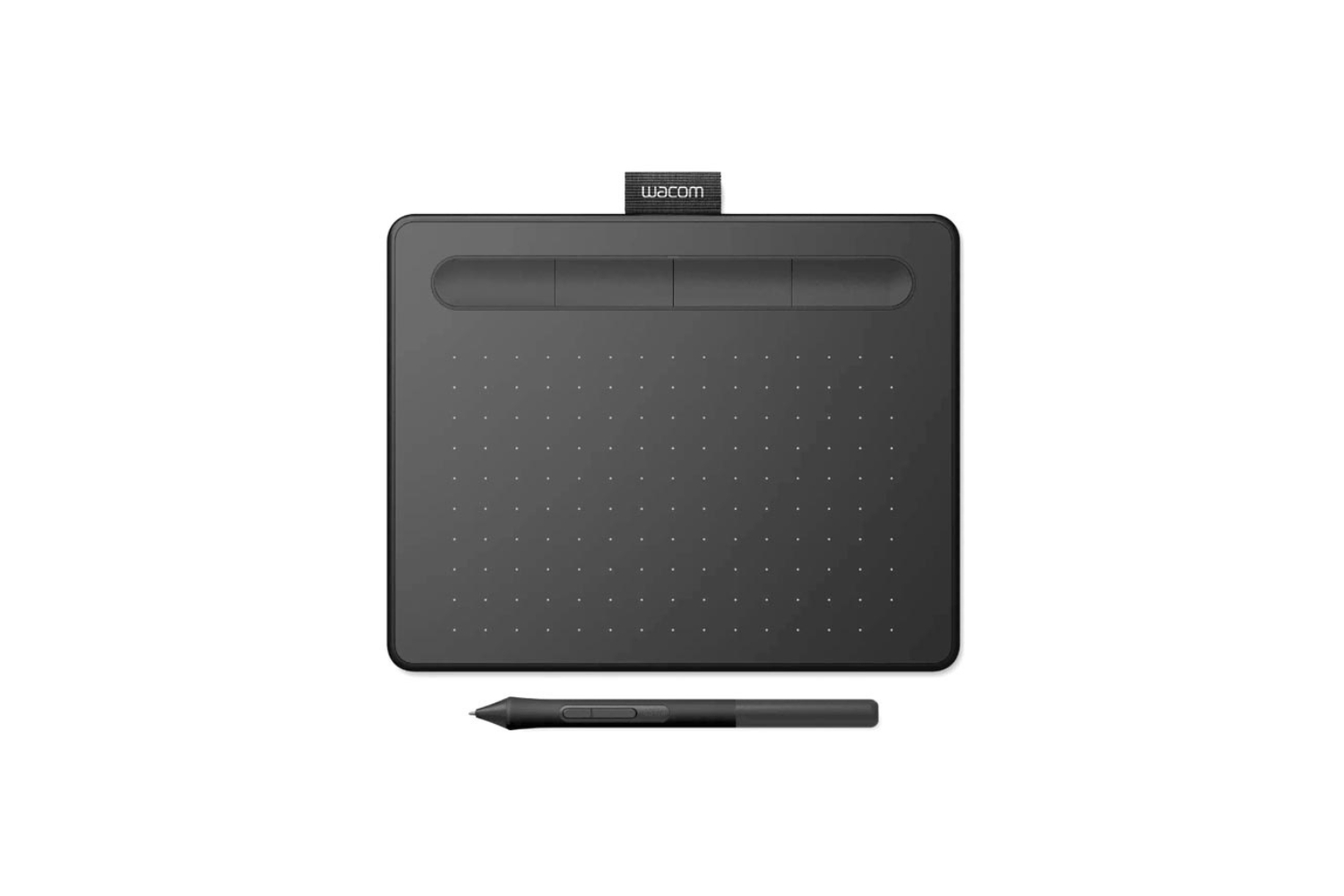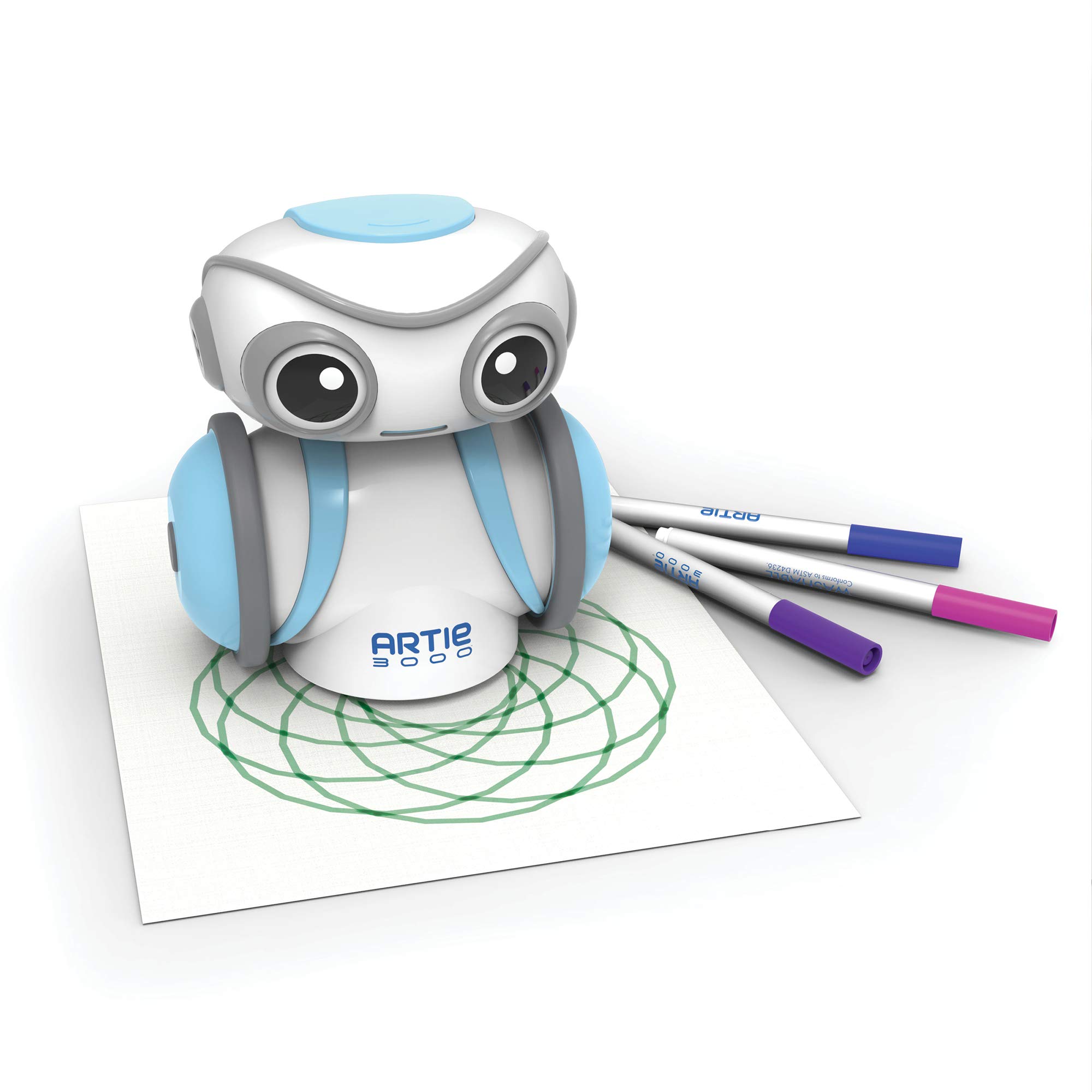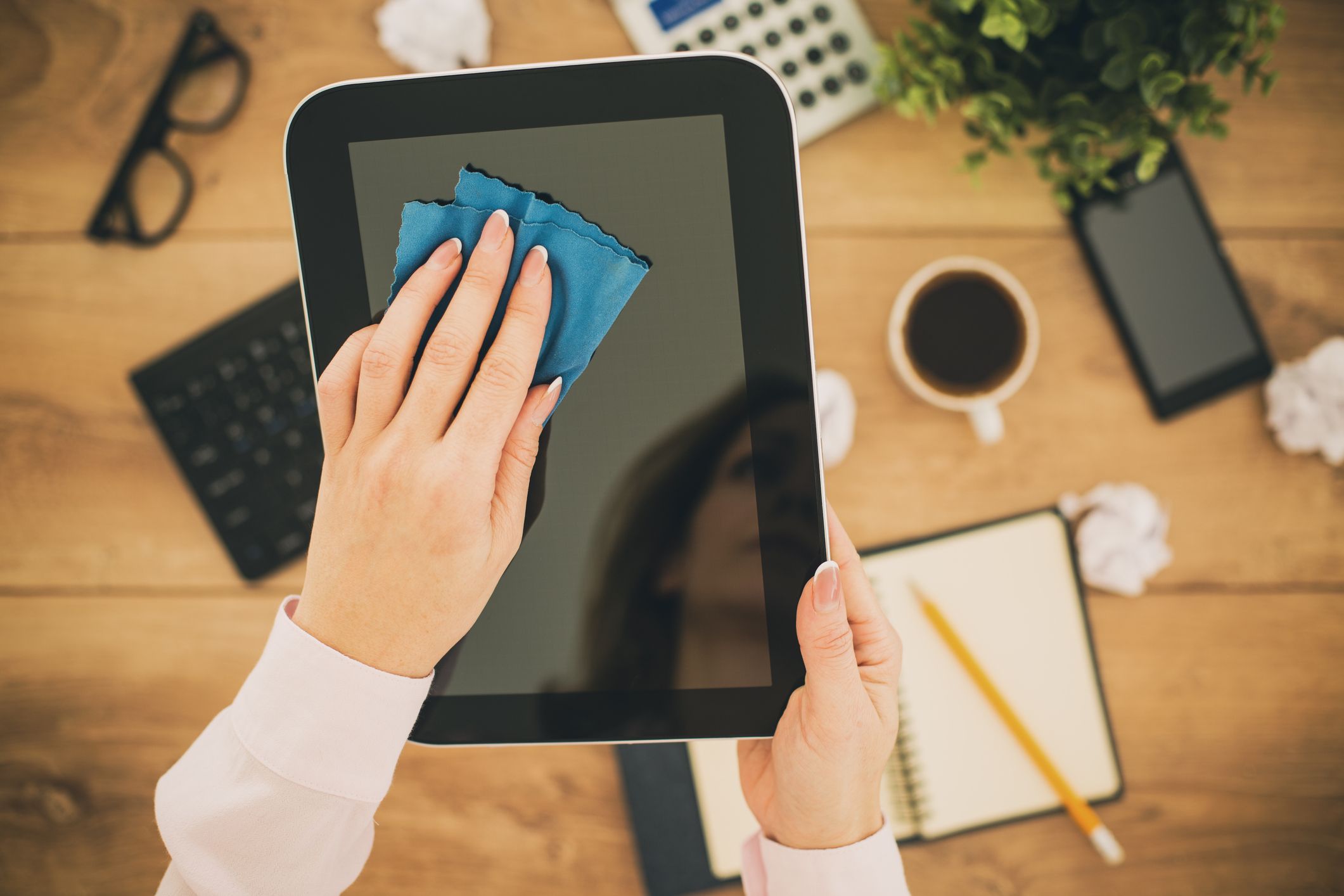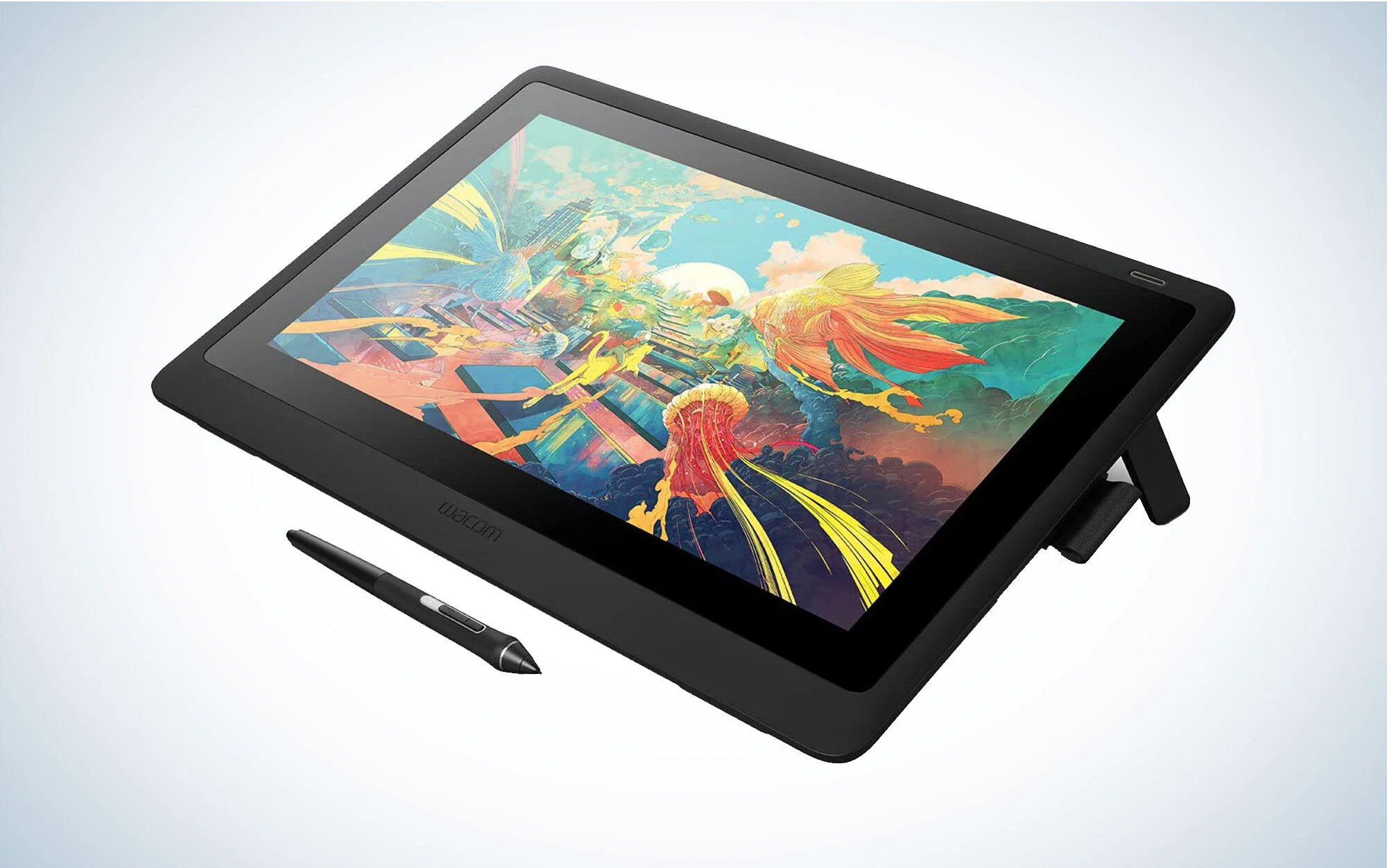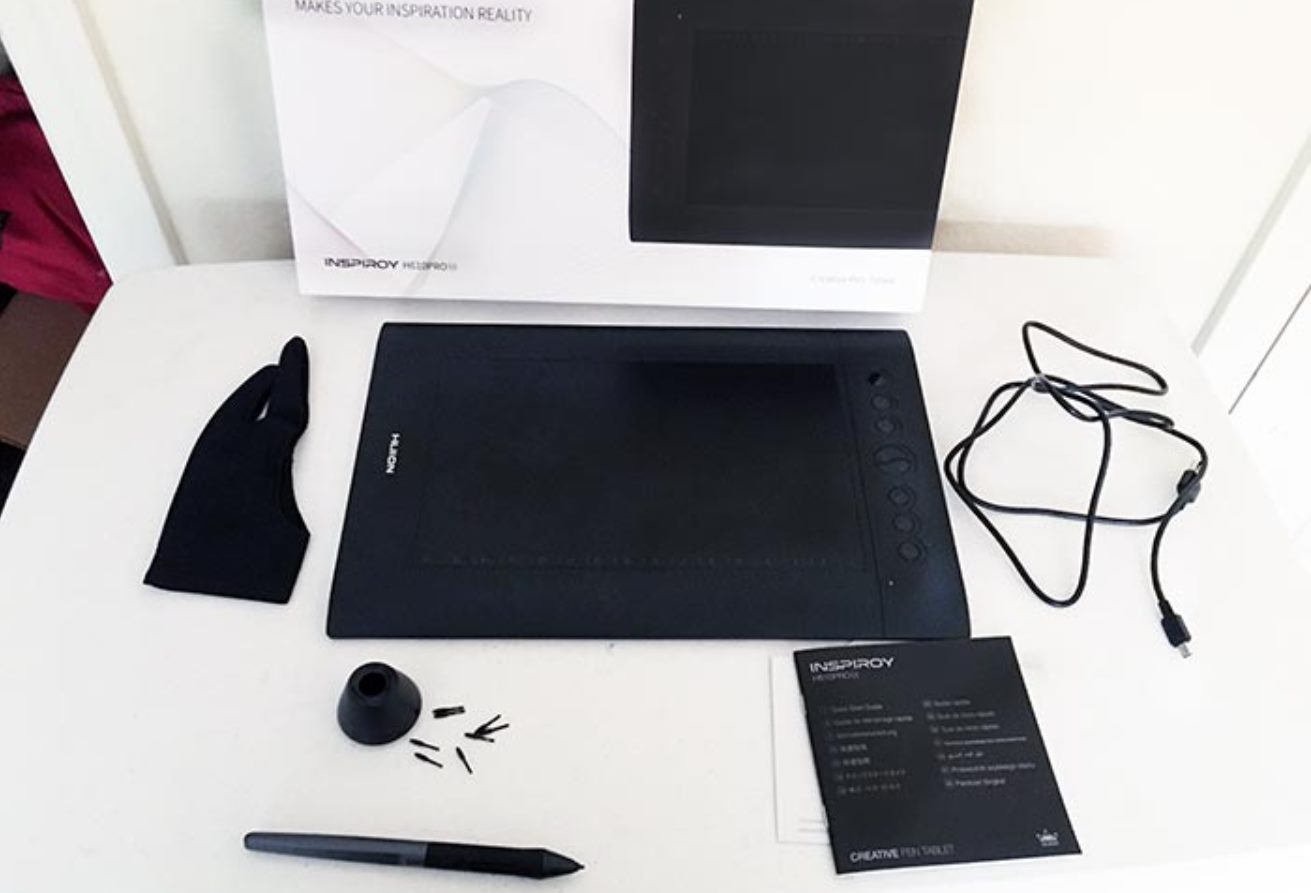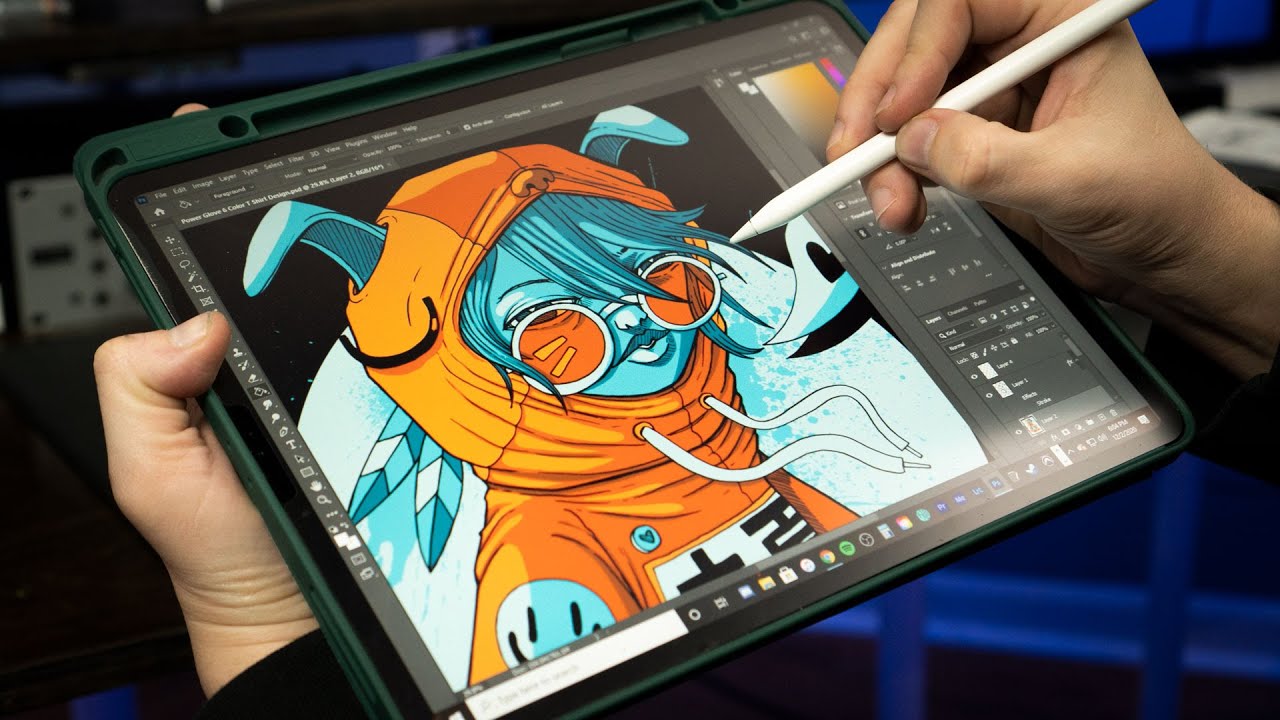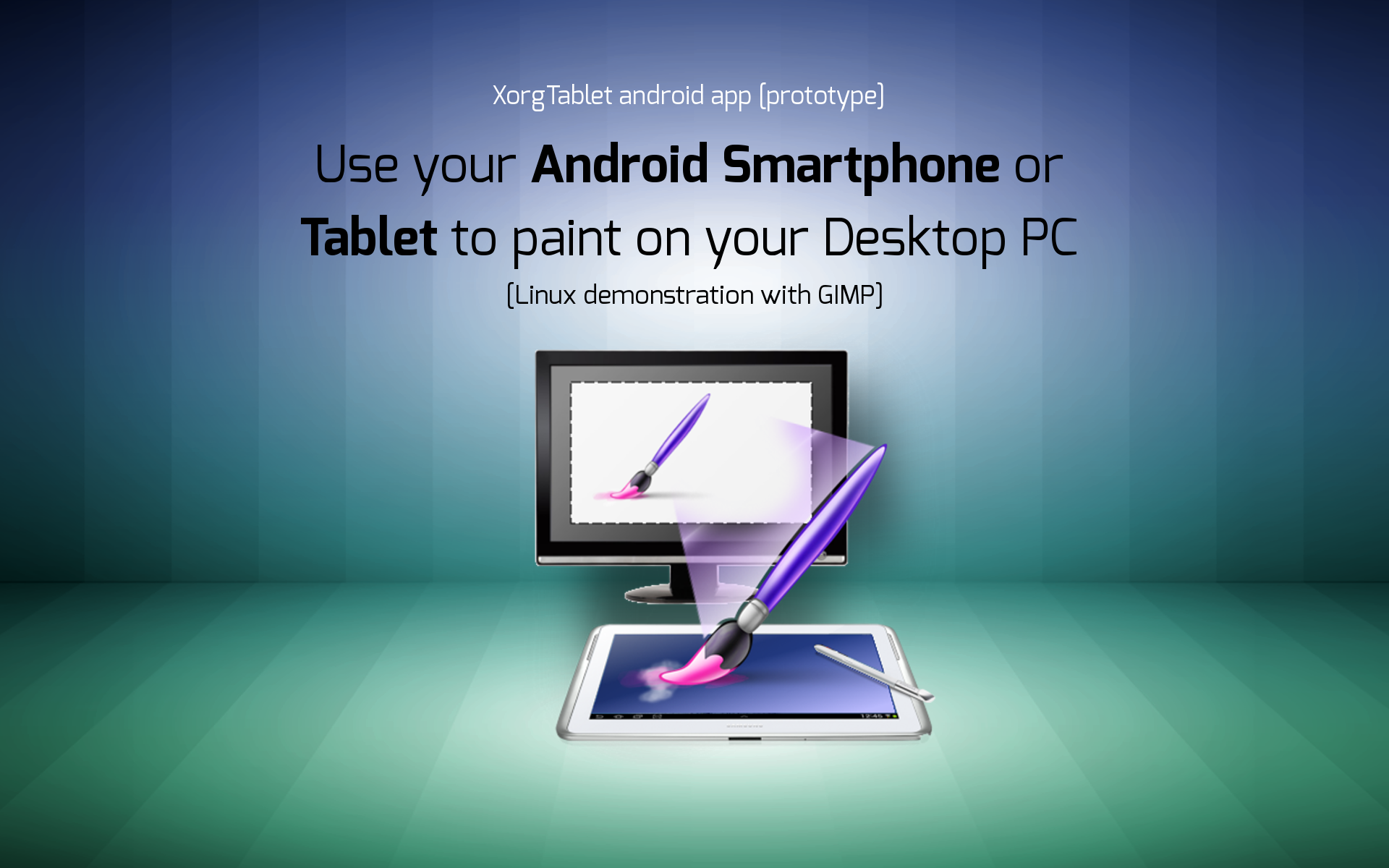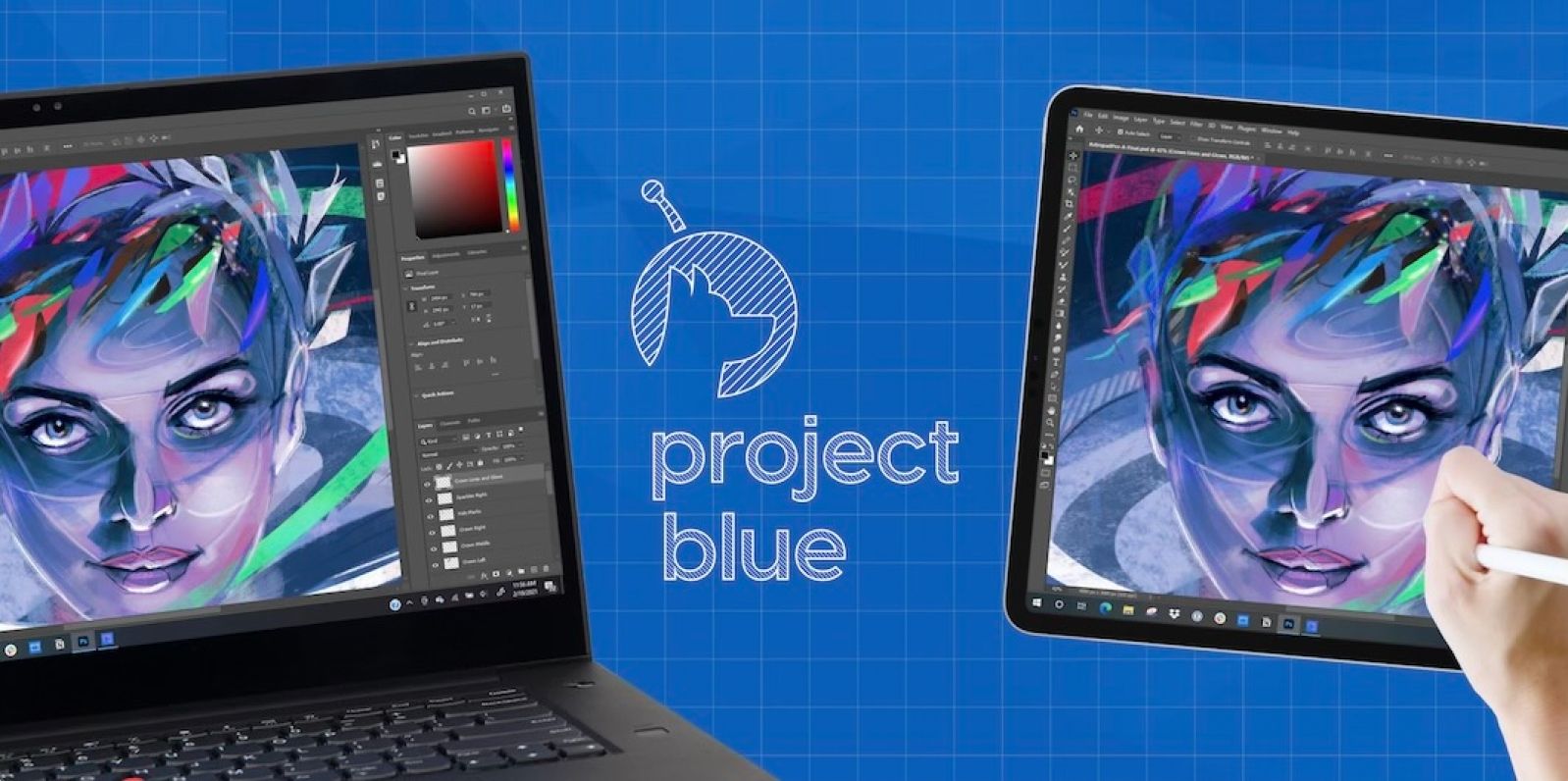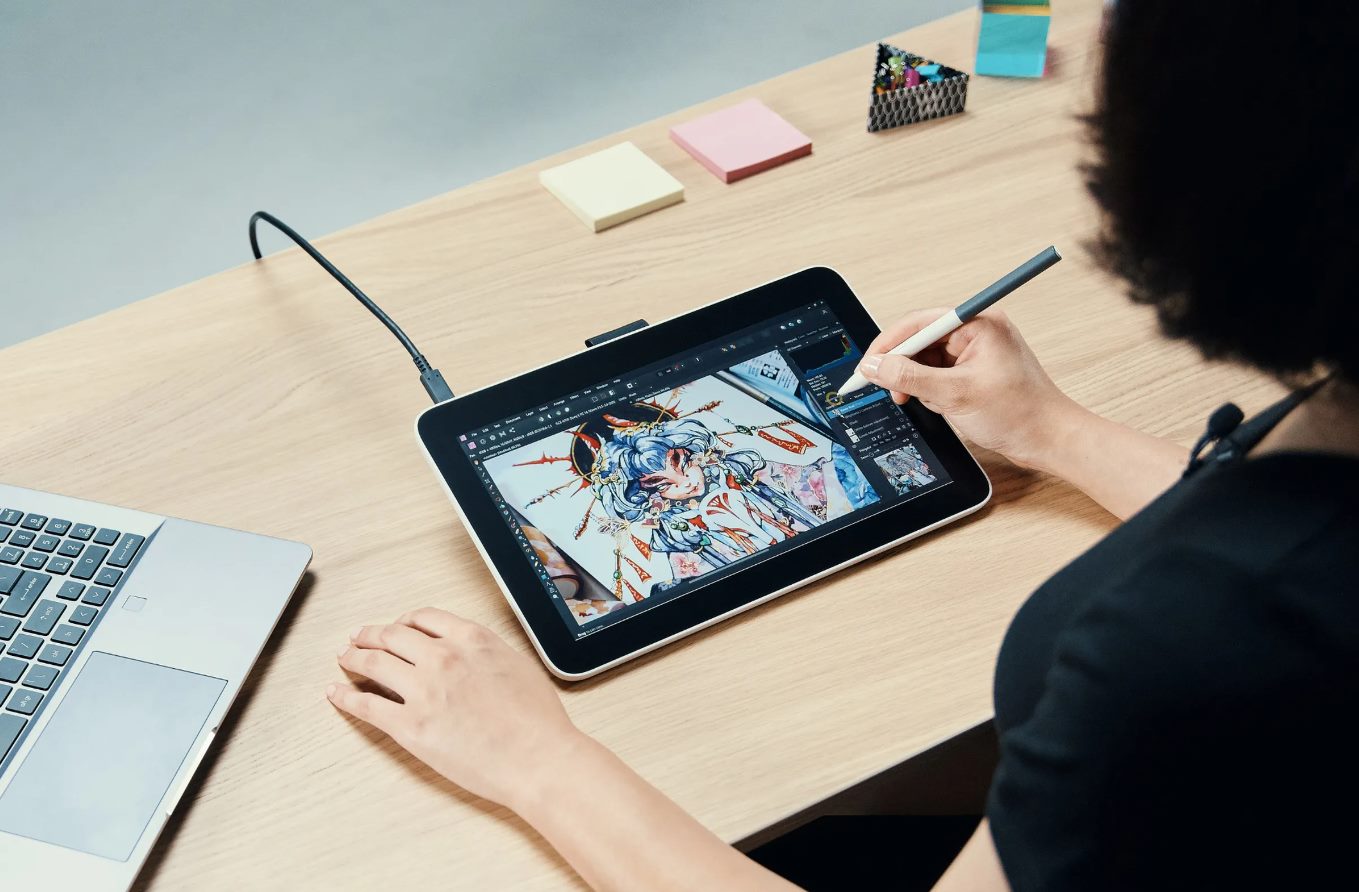Introduction
Drawing on a tablet has become increasingly popular among artists and designers due to its convenience and digital advantages. However, it is not without its challenges. Many users find that drawing on a tablet is harder than using traditional mediums like paper and pencil. This article will explore the reasons why drawing on a tablet can be so challenging, including the lack of tactile feedback, limited screen space, difficulty in precise control, software limitations, and the adjustment period required. By understanding these challenges, artists can find ways to overcome them and unlock the full potential of digital drawing.
Drawing on a tablet requires adapting to a new way of creating art. Unlike traditional mediums, a tablet does not provide the same tactile feedback as a pencil on paper. Artists are used to feeling the resistance of the paper and the texture of their tool, which helps guide their strokes and create the desired effect. Without this feedback, it can be challenging to achieve the same level of precision and control.
Additionally, tablets typically have smaller screen sizes compared to physical canvases or sketchbooks. This limited screen space can make it difficult to work on detailed drawings or larger compositions. The artist may need to constantly zoom in and out or navigate across the screen, which can disrupt the flow of their work and make it harder to maintain a consistent perspective.
Precise control is another hurdle when drawing on a tablet. While physical mediums allow artists to make subtle adjustments in pressure and angle, digital styluses may not offer the same level of sensitivity. Achieving the desired line weight or shading can require more effort and experimentation to find the right settings or techniques.
Furthermore, software limitations can impact the drawing experience on a tablet. Some drawing applications may lack the advanced tools and features that artists are accustomed to using in traditional mediums. This can restrict their creative freedom and make it harder to achieve the desired effects or experiment with different styles.
Lastly, artists may experience an adjustment period when transitioning from traditional mediums to drawing on a tablet. The change in workflow, tools, and techniques can be overwhelming initially. It takes time and practice to become comfortable and proficient with digital drawing, which can be frustrating for artists who are used to more immediate results.
Despite these challenges, drawing on a tablet offers numerous benefits such as easy undo/redo options, access to a vast array of colors and brushes, and the ability to work digitally without the need for physical storage space. By understanding the difficulties associated with drawing on a tablet and finding ways to navigate them, artists can harness the power of digital tools to elevate their artistic creations.
Lack of Tactile Feedback
One of the main challenges artists face when drawing on a tablet is the lack of tactile feedback compared to traditional mediums. When using a pencil on paper, artists can feel the texture of the paper and the resistance of their tool, which helps guide their strokes and create the desired effect. This physical feedback plays a crucial role in the artistic process, allowing artists to make adjustments in pressure and angle to achieve the desired results.
However, when drawing on a tablet, artists do not have the same level of tactile feedback. The smooth surface of the screen does not provide the same texture or resistance as paper, making it more challenging to control and manipulate the digital brush or pen. Artists may find it harder to achieve the desired line weight, texture, or shading without the physical feedback they are accustomed to.
Furthermore, the lack of tactile feedback can also affect the artist’s sense of connection with the artwork. The act of physically drawing on paper creates a direct and immediate relationship between the artist’s hand and the drawing surface. This connection can enhance the artist’s creativity and intuition, as they can respond to the feedback from the drawing instrument and adapt their strokes accordingly.
Without this tactile feedback, artists may feel a sense of detachment from the digital drawing process. They may need to rely more on visual cues or adjust their technique to compensate for the lack of physical sensations. This adjustment can take time and practice, as artists need to develop new ways of interpreting and understanding the digital medium.
Overcoming the challenge of the lack of tactile feedback when drawing on a tablet requires developing a keen sense of visual observation and control. Artists can experiment with different pressure settings, brush sizes, and stroke techniques to find ways to replicate the desired effects. It may also be helpful to use textured screen protectors or stylus grips to add a tactile element to the drawing experience.
Despite the initial difficulties, adapting to the lack of tactile feedback on a tablet can open up new possibilities for artistic expression. Digital tools offer unique features such as unlimited undos, layers, and the ability to experiment with different styles and effects. By embracing the digital medium and exploring its potential, artists can overcome the challenges and create incredible artworks that harness the power of technology.
Limited Screen Space
Another challenge artists face when drawing on a tablet is the limited screen space compared to physical canvases or sketchbooks. While tablets have become more powerful and portable, their screen sizes may still present difficulties when working on detailed drawings or larger compositions.
The smaller screen space of a tablet requires artists to constantly zoom in and out or scroll across the screen to work on specific areas. This constant adjustment disrupts the flow of the work and can make it harder to maintain a consistent perspective or sense of proportion. Artists may find themselves constantly readjusting their drawing hand position and visual focus, which can be a distracting and time-consuming task.
Additionally, the limited screen space can also impact the level of detail that can be achieved in a digital drawing. Artists may need to compromise some intricate details or work in a smaller scale to fit within the constraints of the screen. This limitation can be frustrating, particularly for artists who are used to working on larger physical canvases where they have more freedom to explore intricate details and textures.
However, artists can employ various strategies to overcome the challenge of limited screen space. For instance, they can use zoom tools to focus on specific areas of the artwork, working in closer detail without being hindered by the overall screen size. Artists can also experiment with different techniques and brushes to create the illusion of depth and detail, even within a smaller digital canvas.
Another approach is to work in multiple layers, separating elements of the drawing to make the most of the available space. By strategically layering different elements, artists can create complex compositions while still working within the limitations of the screen size. This technique allows for easier modifications and adjustments to individual parts of the artwork without affecting the entire composition.
Despite the challenges posed by limited screen space, drawing on a tablet offers certain advantages over traditional mediums. Artists have access to a wide range of digital tools and features that can enhance their creativity and streamline their workflow. With practice and experimentation, artists can adapt their techniques to suit the digital medium and create stunning artworks, regardless of the screen size limitations.
Difficulty in Precise Control
One of the key challenges that artists encounter when drawing on a tablet is the difficulty in achieving precise control over the digital brush or pen. Unlike traditional mediums where artists can make subtle adjustments in pressure and angle to create desired effects, digital styluses may not offer the same level of sensitivity or responsiveness.
Due to the nature of digital technology, achieving the desired line weight, texture, or shading can require more effort and experimentation. Artists may need to test different pressure settings or brush options to find the right combination that allows for the desired level of control. This process of trial and error can be time-consuming and frustrating, particularly for artists who are used to more intuitive and immediate results with traditional mediums.
Another factor that contributes to the difficulty in precise control is the hand-eye coordination required when drawing on a tablet. Artists need to disconnect their visual focus from their hand and instead rely on looking at the screen while making precise movements with the stylus. This adjustment can take time and practice to develop the necessary muscle memory and coordination.
Furthermore, the lack of physical feedback mentioned earlier also plays a role in the challenge of precise control. Without the tactile sensations of a pencil on paper, artists may struggle to gauge the exact pressure or angle needed to achieve the desired effect. This can result in strokes that are either too light or too heavy, making it harder to achieve the desired level of detail or intricacy.
To overcome the challenge of precise control when drawing on a tablet, artists can explore different settings and techniques within their drawing software. Many applications offer options such as brush smoothing, stabilization, and sensitivity adjustments. Experimenting with these settings can help artists find the right balance that provides the desired level of control.
Additionally, practicing hand-eye coordination exercises, such as tracing or copying references, can help improve the artist’s ability to accurately translate their vision onto the digital canvas. Taking the time to develop these skills can lead to a greater sense of control and mastery over the digital drawing process.
Although achieving precise control when drawing on a tablet can be challenging, it is important for artists to embrace the learning curve and continue experimenting. With practice and perseverance, artists can develop their skills, adapt their techniques, and create impressive artworks that showcase their artistic vision, even within the digital realm.
Software Limitations
When it comes to drawing on a tablet, artists may encounter limitations within the software they use for their digital art. While digital drawing applications offer a wide range of tools and features, they may not always meet the expectations or match the versatility of traditional mediums.
One common software limitation is the lack of advanced tools that artists are accustomed to using in traditional art forms. For example, certain brush types or textures that artists rely on may not be readily available or may not produce the exact results they desire. This can restrict the artist’s creative freedom and make it harder to achieve specific artistic styles or effects.
Additionally, some digital drawing applications may have limitations when it comes to handling large file sizes or complex compositions. Artists working on detailed or intricate drawings may find their software struggling to keep up with their artistic vision, leading to slow performance or reduced functionality. This can be frustrating and hinder the artist’s ability to fully express their creativity.
Moreover, the learning curve associated with new software can also pose challenges. Artists may need to invest time in familiarizing themselves with the different tools and functionalities of the digital drawing application. This learning process can be time-consuming and may temporarily slow down the artist’s workflow as they navigate through menus, settings, and options.
Despite these limitations, it’s important for artists to explore different digital drawing applications to find one that suits their needs and preferences. Many software developers actively update their programs, adding new features and addressing user feedback. Keeping an eye on software updates and exploring new versions can help artists stay updated with the latest tools and improvements.
Additionally, artists can utilize plugins or external tools to enhance their drawing experience and overcome certain limitations. These plugins can offer additional brushes, textures, or functionalities that may not be available within the default software. Artists can also join online communities or forums where they can exchange tips, tricks, and information about software workarounds or alternative solutions.
By understanding the software limitations and actively seeking solutions, artists can make the most of the digital drawing experience. While it may require some adjustments and compromises, the advantages of digital drawing, such as flexibility, undo/redo capabilities, and easy file sharing, can outweigh these limitations and open new doors for artistic exploration.
Adjustment Period
Transitioning from traditional mediums to drawing on a tablet often requires artists to go through an adjustment period. The change in workflow, tools, and techniques can be overwhelming at first, and it may take time to become comfortable and proficient with digital drawing.
One of the main challenges during the adjustment period is adapting to the new interface and navigation of the digital drawing application. Artists need to learn the various menus, shortcuts, and settings to optimize their workflow and make the most of the available tools. This can be a steep learning curve, especially for artists who are used to the simplicity of pen and paper.
Another aspect of the adjustment period is getting accustomed to the digital stylus and its different feel compared to traditional drawing instruments. With a digital stylus, there is usually less drag, no need to sharpen or maintain the tool, and the weight and balance may differ. Artists may need to explore different types of styluses to find one that feels comfortable and familiar.
Moreover, artists must adapt their drawing techniques to suit the digital medium. The pressure sensitivity and stroke control may be different, and the ability to layer and manipulate artwork opens up new possibilities for experimentation. It takes practice to develop a new understanding of how to manipulate the digital brush strokes and create desired effects.
During the adjustment period, it’s important for artists to be patient with themselves and embrace the learning process. Finding tutorials or online courses specific to digital drawing can help artists bridge the gap and gain confidence in their skills. Joining art communities and engaging with other digital artists can provide valuable tips, tricks, and support.
While the adjustment period may feel frustrating and challenging, artists should remember that it is a normal part of the learning curve. With time and practice, artists will become more proficient in digital drawing and find their own unique style within the medium. Embracing the possibilities and advantages that digital drawing offers can lead to new artistic horizons and expanded creativity.
Conclusion
Drawing on a tablet has revolutionized the way artists create art, but it does come with its fair share of challenges. The lack of tactile feedback, limited screen space, difficulty in precise control, software limitations, and the adjustment period required all contribute to the unique hurdles faced by artists transitioning to digital drawing.
However, by understanding these challenges and finding ways to navigate them, artists can unlock the immense potential of digital art. Embracing the learning curve, experimenting with different techniques and settings, and seeking out resources and communities can all help artists overcome these obstacles.
While the lack of tactile feedback may require artists to develop new ways of interpreting and understanding the digital medium, the convenience and advantages offered by tablets make it a worthwhile endeavor. Engaging with the digital tools and features available, artists can explore a multitude of possibilities and styles that may not have been easily achievable with traditional mediums.
Although limited screen space may pose challenges in working on detailed drawings or larger compositions, artists can utilize zoom tools, layering techniques, and creative problem-solving to make the most of the available canvas. It may require adjustments and compromises, but digital drawing offers benefits such as easy modifications, extensive color palettes, and instant access to tools.
The difficulty in precise control can be overcome through practice, experimentation, and utilizing software settings to find the right balance. Developing hand-eye coordination and adapting drawing techniques can help artists achieve the desired level of control and expression on a digital canvas.
While software limitations may exist, artists can actively explore different applications, stay updated with software updates and plugins, and engage with online communities to find workarounds and alternative solutions. By taking advantage of the vast array of digital tools and features available, artists can push the boundaries of creativity and create stunning artwork.
Lastly, the adjustment period is a natural part of transitioning to digital drawing. It takes time to familiarize oneself with the new interfaces, learn the digital tools, and adapt drawing techniques. Patience, practice, and a willingness to embrace new technologies will lead artists to a place of comfort and proficiency in their digital art journey.
In conclusion, while drawing on a tablet may present its challenges, it offers incredible opportunities for artists to push their creativity and explore new artistic avenues. By understanding and navigating these challenges, artists can harness the power of digital tools to create remarkable and innovative artworks.







